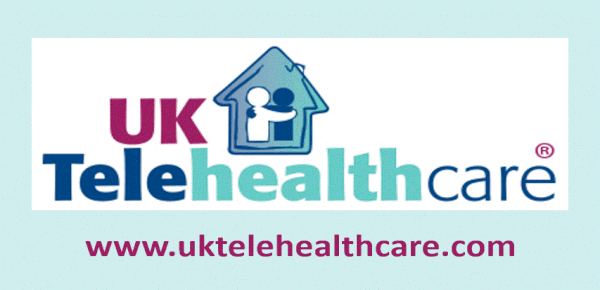 NHS investing £40 million to cut health service login times, £4.5 million on digital assists for independent living. Announced by secretary Matt Hancock, the objective is to move to reduce the time to log in over the 15 systems NHS clinicians and staff may have to use with a patient. The test of a single sign-on system at Alder Hey hospital in Liverpool reduced it from 105 seconds to 10. The Department of Health and Social Care is also providing £4.5m to local authorities to fund digital programs aimed at aiding independent living for recipients of adult social care. Guardian
NHS investing £40 million to cut health service login times, £4.5 million on digital assists for independent living. Announced by secretary Matt Hancock, the objective is to move to reduce the time to log in over the 15 systems NHS clinicians and staff may have to use with a patient. The test of a single sign-on system at Alder Hey hospital in Liverpool reduced it from 105 seconds to 10. The Department of Health and Social Care is also providing £4.5m to local authorities to fund digital programs aimed at aiding independent living for recipients of adult social care. Guardian
Germany’s health data network security is ‘swiss cheesy’. Germany’s physicians are in the process of being networked into the national health system through an electronic doctor’s card and practice ID card which identify and sign them in. Similarly, patients will have their own chipped ID card. A special research project by NDR, Der Spiegel, and IT security experts belonging to the Chaos Computer Club (CCC), found that they could send all three to a cheese monger’s shop in Lüneburg. Looks like their security has a few ‘holes’ in it. Tagesschau.de
Livongo’s diabetes/chronic condition management platform and health kiosk Higi are partnering in 500 retail pharmacies in Michigan for a Livongo-branded health screening and tracking program, using Higi’s measurement, tracking, and Livongo’s wellness programs. Mobihealthnews
CareCloud acquired by MTBC for $17 million cash and about $41 million in total consideration such as warrants and perpetual preferred stock. Both companies are in similar businesses related to medical practice management, EHR integration, and patient communications. It reflects the deep falloff of value in the absurdly overcrowded field of EHR and practice management businesses since Meaningful Use wound up: Allscripts’ acquisition of Practice Fusion for $100 million in January 2018 [TTA 14 Aug 19] and reduced prospects for other HIT players such as Athenahealth, Watson Health and Waystar [TTA 25 Apr 19]. Total investment in CareCloud was north of $150 million in ten funding rounds (Crunchbase) which makes the price a knockdown for the investors like Norwest, Intel Capital, First Data and PNC. Seeking Alpha, MTBC release, commentary on HISTalk.







Most Recent Comments